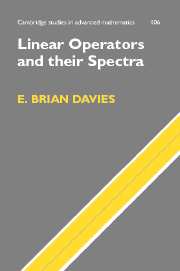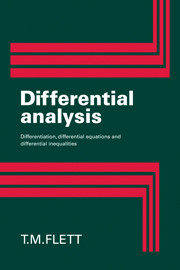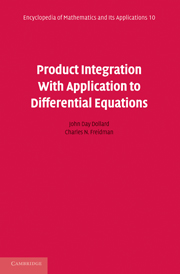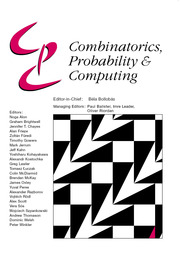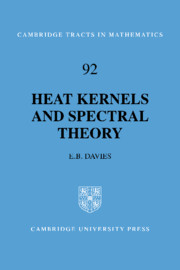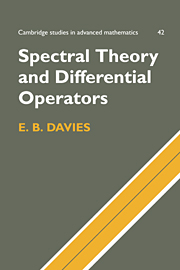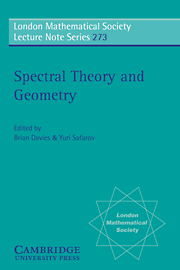Linear Operators and their Spectra
This wide ranging but self-contained account of the spectral theory of non-self-adjoint linear operators is ideal for postgraduate students and researchers, and contains many illustrative examples and exercises. Fredholm theory, Hilbert-Schmidt and trace class operators are discussed, as are one-parameter semigroups and perturbations of their generators. Two chapters are devoted to using these tools to analyze Markov semigroups. The text also provides a thorough account of the new theory of pseudospectra, and presents the recent analysis by the author and Barry Simon of the form of the pseudospectra at the boundary of the numerical range. This was a key ingredient in the determination of properties of the zeros of certain orthogonal polynomials on the unit circle. Finally, two methods, both very recent, for obtaining bounds on the eigenvalues of non-self-adjoint Schrodinger operators are described. The text concludes with a description of the surprising spectral properties of the non-self-adjoint harmonic oscillator.
- The first genuinely accessible account of non-self-adjoint operator theory and spectral theory; for graduate students and academic researchers
- Written by a well-known and respected author, with much experience in this field
- Gives the first account of pseudospectra written from a pure mathematical point of view
Reviews & endorsements
"... This book should prove an excellent reference for all active mathematicians, specialists in or users of linear operators."
F.-H. Vasilescu, Mathematical Reviews
"This book is recommended not just to those interested in the theory of linear operators and its applications to various filed, including probability and quantum theory, but also to those whose interest lies primarily in nonlinearity.
Heydar Radjavi, CMS Notes
Product details
May 2007Hardback
9780521866293
464 pages
235 × 158 × 27 mm
0.768kg
15 b/w illus. 274 exercises
Available
Table of Contents
- Preface
- 1. Elementary operator theory
- 2. Function spaces
- 3. Fourier transforms and bases
- 4. Intermediate operator theory
- 5. Operators on Hilbert space
- 6. One-parameter semigroups
- 7. Special classes of semigroup
- 8. Resolvents and generators
- 9. Quantitative bounds on operators
- 10. Quantitative bounds on semigroups
- 11. Perturbation theory
- 12. Markov chains and graphs
- 13. Positive semigroups
- 14. NSA Schrödinger operators.

